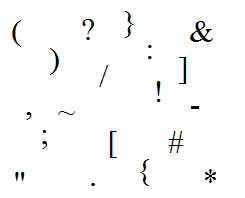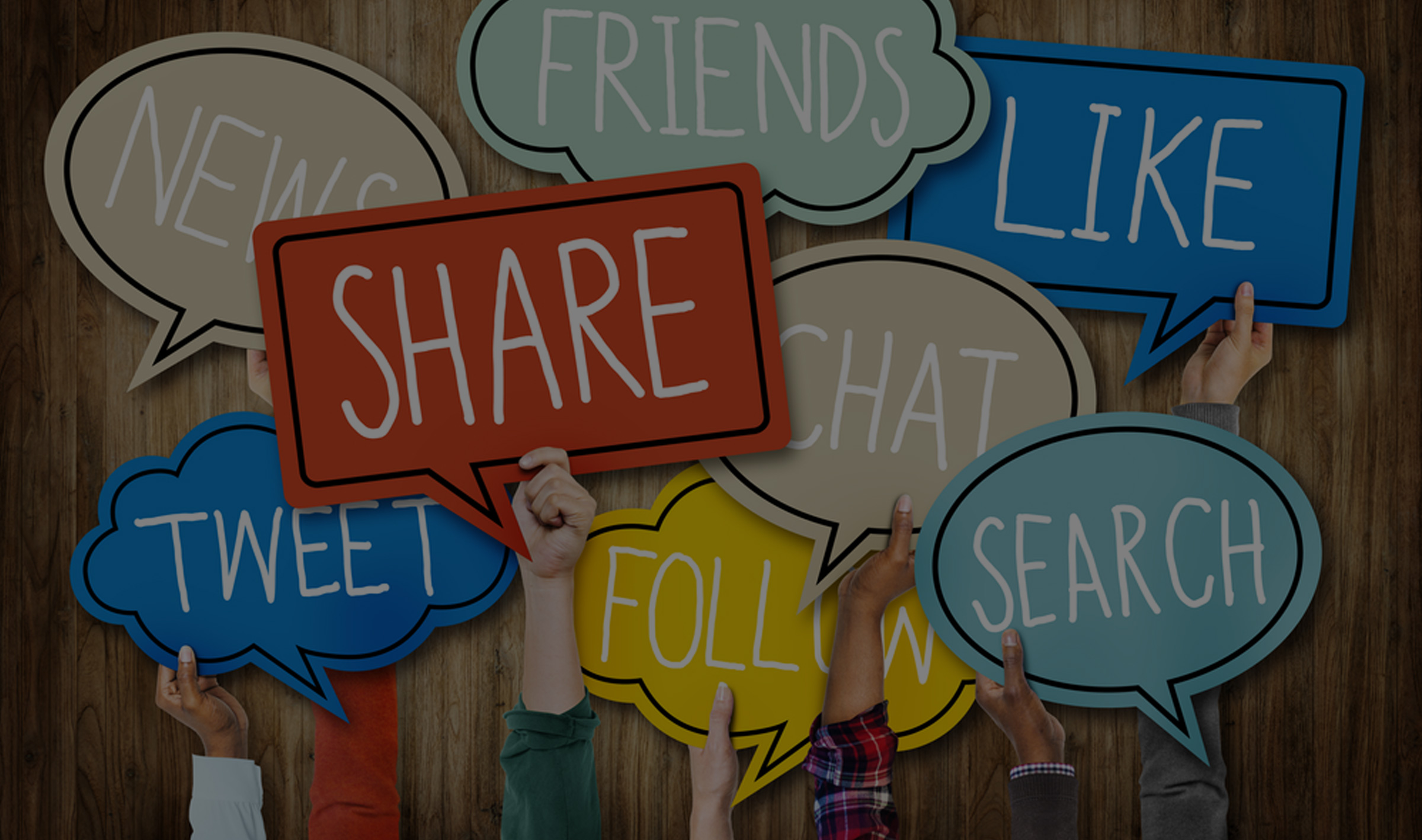National Punctuation Day
|
By Adam | 25 Sep 2015 09:00:00 |
 Yesterday was National Punctuation Day and while I am sorry that there was no blog post on the actual day, I think that it still provides a good talking point for a blog post. A lot of you will be making use of Sellr's blog feature in order to do content marketing for your eCommerce website and when you're doing content marketing you'll want everything you write to be as flawless as possible because some people will harshly ridicule even the smallest of mistakes. There are some people who will actually avoid buying from you if they notice a mistake. So what I want to talk about in today's blog post is punctuation and I want to cover some common mistakes so that you can hopefully avoid making them yourself. Yesterday was National Punctuation Day and while I am sorry that there was no blog post on the actual day, I think that it still provides a good talking point for a blog post. A lot of you will be making use of Sellr's blog feature in order to do content marketing for your eCommerce website and when you're doing content marketing you'll want everything you write to be as flawless as possible because some people will harshly ridicule even the smallest of mistakes. There are some people who will actually avoid buying from you if they notice a mistake. So what I want to talk about in today's blog post is punctuation and I want to cover some common mistakes so that you can hopefully avoid making them yourself.
Yours vs. Your's
When you write the word 'Yours' and you mean to convey the meaning "something that belongs to you" would you include an apostrophe? It would seem natural to do so, but actually that would be incorrect. In this context an apostrophe is not needed.
Your vs. You're
Similarly, people have a bit pf trouble when it comes to the word “your”. When they want to convey ownership, they use an apostrophe because that is generally the rule, but every time you use an apostrophe with "your" you are turning it into "you are" once you remember that, you'll hopefully be able to stop using it erroneously.
Semicolons
Semicolons are very useful for longer sentences with a more complex structure. But did you know you mustn't use them when you are quoting something which was spoken out loud? When writing down verbal speech, you should just use commas instead of semicolons. This might be useful if you ever post an interview or want to quote something you heard.
What the heck!?
When you want to convey an exclamation, but you also what to convey confusion and/or ask a question, then it's possible that you will use both a question mark and an exclamation mark together. Sadly, while it may express what you're trying to say, it is technically incorrect for those two symbols to be used together and people may criticise you for it.
But what about question marks...?
Another thing that you see quite often is an ellipsis (...) followed by a question mark. People use this when they'd like to ask a question which is supposed to linger for a few seconds before the answer is provided. People also do this when asking rhetorical questions. But much like using a question mark and exclamation mark together, an ellipsis followed by a question mark is also incorrect and may be criticised.
So I hope those five tips were useful for you! These are just five of the things that people most commonly get wrong, so I thought it would be good to cover them to stop you from doing the same thing. But if you don't even have an eCommerce website to do content marketing for, then sign up to Sellr now! For no cost at all we give you all the tools you need to start your very own eCommerce website, with features to help you start your own content marketing campaign.
|

